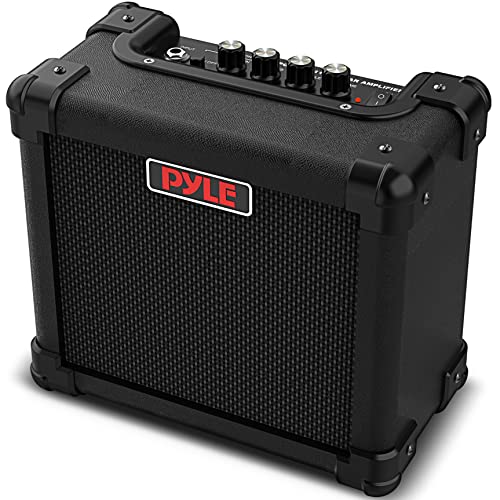Turning it up ALL the way should not be a problem. Blaming the problem on the user (you turned it up too far) is BS.
In fact, considering all the hyperbole they use on their super-duper tube screening/matching system, blaming the TUBES is BS too, if they're saying "yeah, we're having a lot of problems with these 447s"; if they're having so many problems, why isn't their screening system catching them?
There's no shortage of reliable EL34s these days.
In fact, considering all the hyperbole they use on their super-duper tube screening/matching system, blaming the TUBES is BS too, if they're saying "yeah, we're having a lot of problems with these 447s"; if they're having so many problems, why isn't their screening system catching them?
There's no shortage of reliable EL34s these days.





















